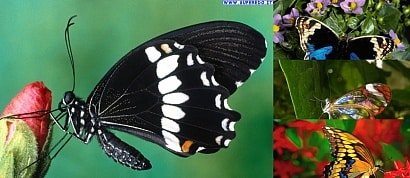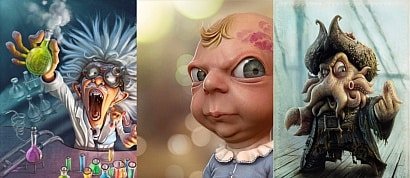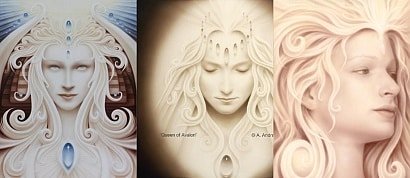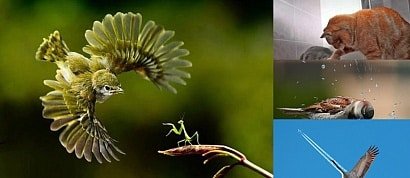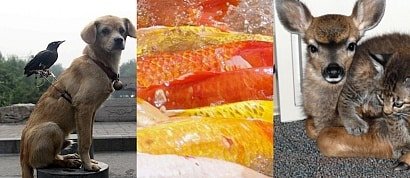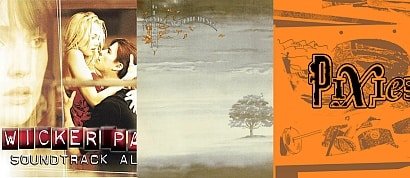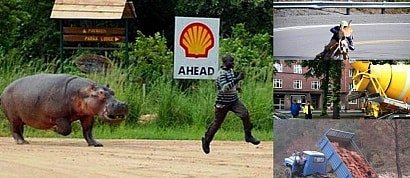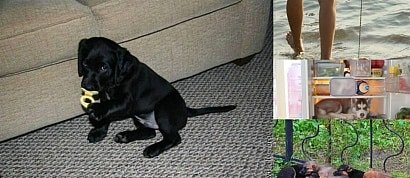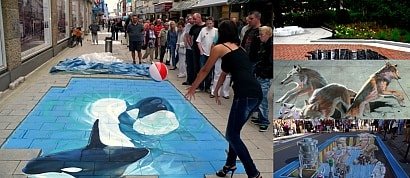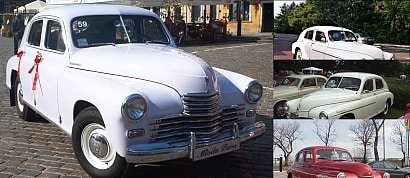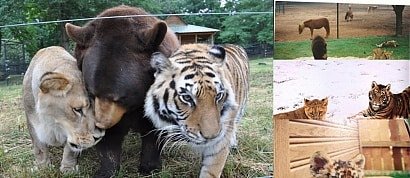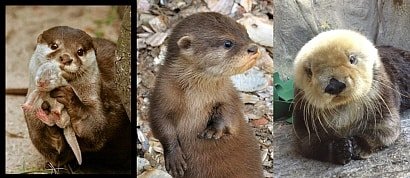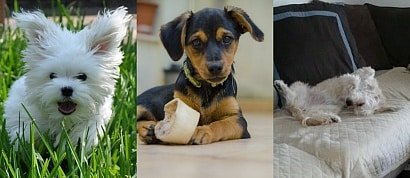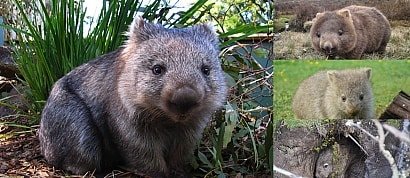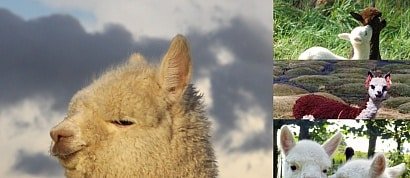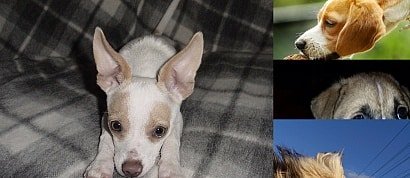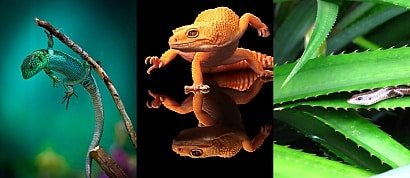A list of my favorite images of quokkas.
en.wikipedia.org/wiki/Quokka
The quokka (Setonix brachyurus), the only member of the genus Setonix, is a small macropod about the size of a domestic cat.
Like other marsupials in the macropod family (such as the kangaroos and wallabies), the quokka is herbivorous and mainly nocturnal. It can be found on some smaller islands off the coast of Western Australia, in particular on Rottnest Island just off Perth and Bald Island near Albany. A small mainland colony exists in the protected area of Two Peoples Bay Nature Reserve, where they co-exist with Gilbert's potoroo.
The quokka was one of the first Australian mammals seen by Europeans. The Dutch mariner Samuel Volckertzoon wrote of sighting "a wild cat" on Rottnest Island in 1658. In 1696, Willem de Vlamingh mistook them for giant rats and named the island "Rotte nest", which comes from the Dutch words rattennest meaning "rat nest". The word quokka is derived from a Nyungar word, which was probably gwaga.
The quokka weighs 2.5 to 5 kilograms (5.5 to 11.0 lb) and is 40 to 90 centimetres (16 to 35 in) long with a 25 to 30 centimetres (9.8 to 11.8 in)-long tail, which is fairly short for a macropod. It has a stocky build, rounded ears, and a short, broad head. Although looking rather like a very small kangaroo, it can climb small trees and shrubs. Its coarse fur is a grizzled brown colour, fading to buff underneath.
The quokka has no fear of humans and it is common for it to approach them closely, particularly on Rottnest Island. It is, however, illegal for members of the public on Rottnest Island to handle the animals in any way.
In the wild, its roaming is restricted to a very small range in the South-West of Western Australia, with a number of small scattered populations on the mainland, one large population on Rottnest Island and a smaller population on Bald Island near Albany. The islands are free of foxes and cats. On Rottnest, quokkas are common and occupy a variety of habitats ranging from semi-arid scrub to cultivated gardens.
Although numerous on the small offshore islands, it has a very restricted range and is classified as vulnerable. On the mainland, where it is threatened by most introduced predatory species such as foxes, it requires dense ground cover for refuge. Clearfell logging and agricultural development have reduced this habitat, thus contributing to the decline of the species.
The introduction of cats and dogs, as well as dingoes, has added to the problem, as has the clearing and burning of the remaining (swamp) lands. Moreover, Quokkas usually have a litter size of one and successfully rear one young each year. Although these animals are constantly mating, usually one day after their young is born, the small litter size paired with the restricted space and threatening predators contribute to the scarcity of these marsupials on the mainland.
Added to
12 votes
My Marsupial Collection
(15 lists)list by kathy
Published 6 years, 10 months ago  1 comment
1 comment
 1 comment
1 commentPeople who voted for this also voted for
Butterflies
Tiago Hoisel
Andrew Gonzales - 2
Animal Candids 1
Animal Candids 12, Odd Friendships
Rainbow Mountains, China
When I was 31... music diary, July 2014
Oops, Part 5; A Bad Day...
When I was 31... music diary, September 2014
Animal Candids 10, The Cute Factor 3; Puppies
3D Street Art - 3
Polish Classics - Warszawa
Lions & Tigers & Bears
Misc. Pictures That Struck My Fancy, part 3
White Holes
More lists from kathy
Favorite Images of Red Pandas
Favorite Images of Otters #1
Favorite Images of Dogs & Puppies #9
Favorite Images of Wombats
Favorite Images of Alpacas
Favorite Images of Dog & Puppies #7
My Reptile Collection
 Login
Login











































